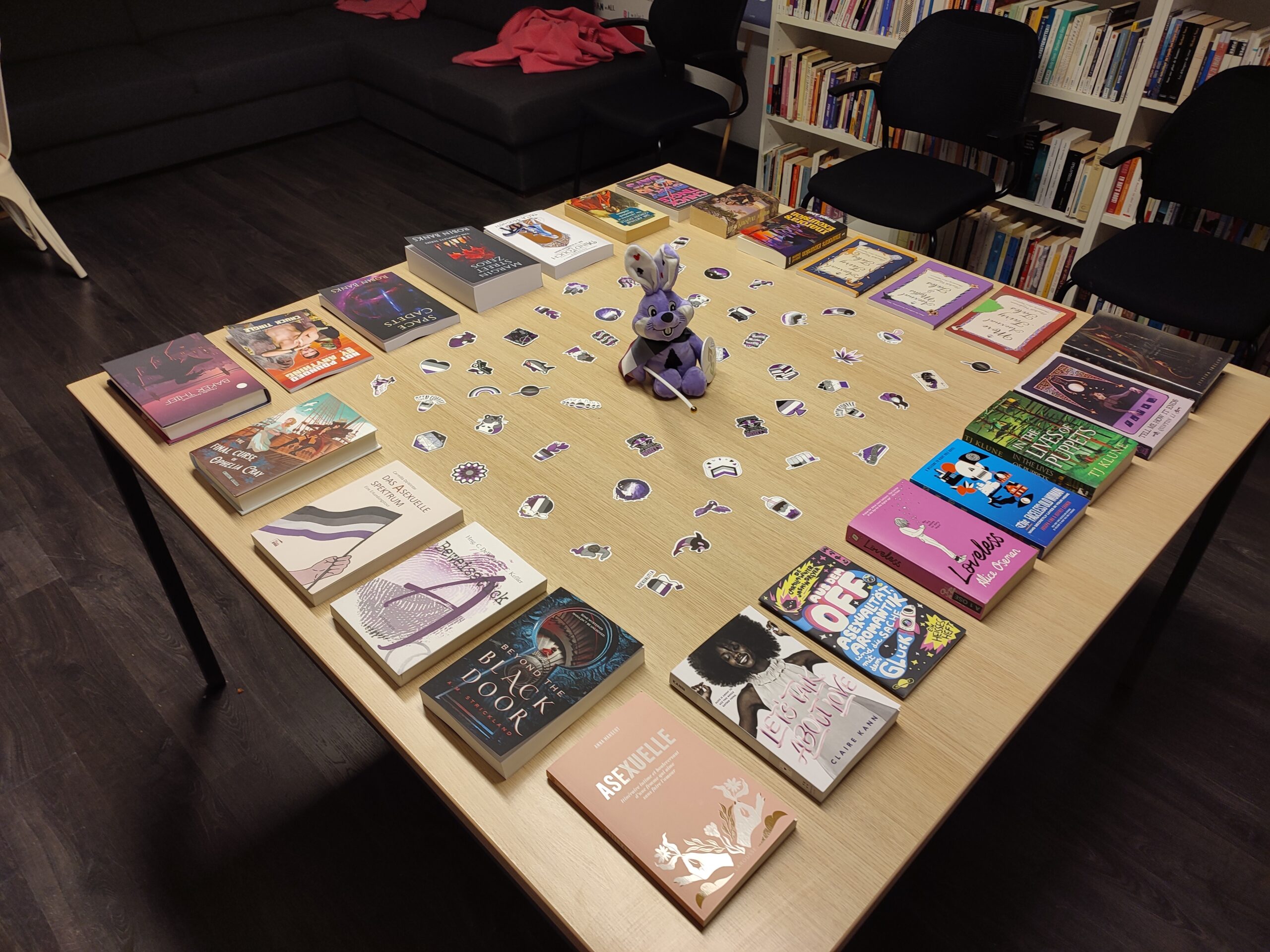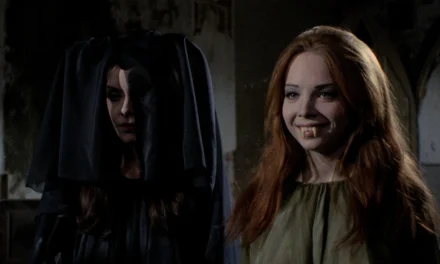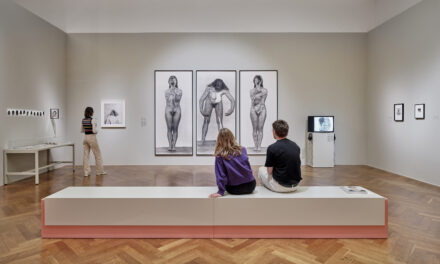
After many adventures, the story finally ends. The princess marries the prince, and they live happily ever after—just like all the other princesses and princes before them, and all the ones that will follow. As a queer community, we have been pushing back against this exclusivity for a long time, and we are making significant progress towards a world where the princess can live happily ever after with another princess. This is an important step forward, highly worthy of celebration.
But what about the prince, who is happy to be single and wants to stay that way?
Well, chances are that:
- He is evil. Not being able to love, understood as romantic love, is often used as a marker of villainy.
- He will find a partner in the sequel. Or the reboot. Or at least in the fanfictions.
- Even if he somehow manages to avoid all of the above, his lifestyle is never seen as a sign of queerness. If you suggest otherwise, you will get yelled at in the comment section by both the people upset that you could possibly imply that their beloved hero might be anything but straight, and by the people who are upset that he hasn’t been making out on-screen with his best friend, the wizard.
I have spent nearly a decade being terminally online in fandom circles. Believe me, I have seen all of this happen countless times.
I have also spent a decade more or less active in asexual and aromantic circles. During this time, we have gone from close to no representation to at least some representation in mainstream media. Independent artists and storytellers are far ahead, as far as asexual and aromantic stories go, just like they are ahead with all other forms of representation. But their reach is limited, and we are, unfortunately, still reliant on bigger productions to amplify these stories.
What even is asexuality? And what about aromanticism? Well, to oversimplify: Asexuality refers to experiencing little or no sexual attraction, while aromanticism refers to experiencing little or no romantic attraction.
It is a broader spectrum than you might think. First, these two identities are distinct. You can be sexually attracted to someone without being in love, just think of someone in a happy relationship noticing a hot person on the street. Likewise, it is completely possible to be asexual but not aromantic, aromantic but not asexual, both, or neither. All of these come with their own set of difficulties and challenges.
But the spectrum is even broader depending on the different attitudes towards sex and romance. It can range anywhere from “I love it, love to see it, give me all the romcoms” to “dear God, please keep it away from me!!”. Also worth noting: Sexual attraction is not the same as sexual activity or having a libido. Some asexual people enjoy porn. Others do not. Putting members of these two camps in the same group and trying to describe them with the same visually appealing Instagram post has led to some weird in-group drama before, and will lead to it again. The same effect is achieved by giving us exactly one character to relate to, and hoping that that character will be everything for everyone: that’s simply not possible.
So what about media representation? You’d expect that such a diversity of experiences would inspire an equally rich variety of stories. You’d be wrong.
When I first started to pay attention to this topic ten years ago, we had exactly zero representation. Since then, it has slowly grown, but it is still nowhere near where it should be. Personally, I am reminded of where gay and lesbian characters have been until recently: Rather rare, and when they do appear, it is never as the protagonist, but as a side character, and their story generally revolves around the concept of asexuality, and coming to terms with it. As to aromanticism, it is generally never mentioned. The characters, if they even use this term, say that they are asexual, when in reality, they would mean asexual and aromantic.
Where do we go from here? As with all minority representation, we can’t rely on Hollywood to lead the way. They only produce what they deem as financially profitable, and even so they would water it down as much as possible, to avoid backlash from conservative viewers. Even when the current political climate favours rainbow capitalism, a Hollywood production will always lack its bite.
As with all minority representation, we can’t rely on Hollywood to lead the way.
What we do have, and always had, is queer artists, usually self-publishing their work, making their voices heard across all mediums. Ten years ago, my first explicit asexual representation came from a webcomic (it was called Heartless and was about vampires, if you were wondering). Since then, I have moved on and back to reading novels, and keep being surprised about the amazing diversity in those stories (I keep bringing up Robin Banks’ works, for having great asexual, trans and neurodivergent stories, but I feel like TJ Klune is also going to be on that list for his asexual fantasy, when I finally get around to read more of his books). I do, of course, know that webcomics keep being an amazing source for diverse voices, and so are fictional podcasts. Unfortunately, you do have to search a little, but trust me, it is more than worth it.
Support these small creators for every minority that you might be interested in. I also suggest that you consider looking up asexual and aromantic stories in particular, just to know they exist. Across every social media platform, you can find truly amazing people putting together archives and lists of recommendations. And, finally: Should you unexpectedly come across that happily single prince, please consider that he might not be single by coincidence, but because he is, in fact, one of us: Just as queer as if he was married to his wizard friend, with a story just as worthy of being told.




